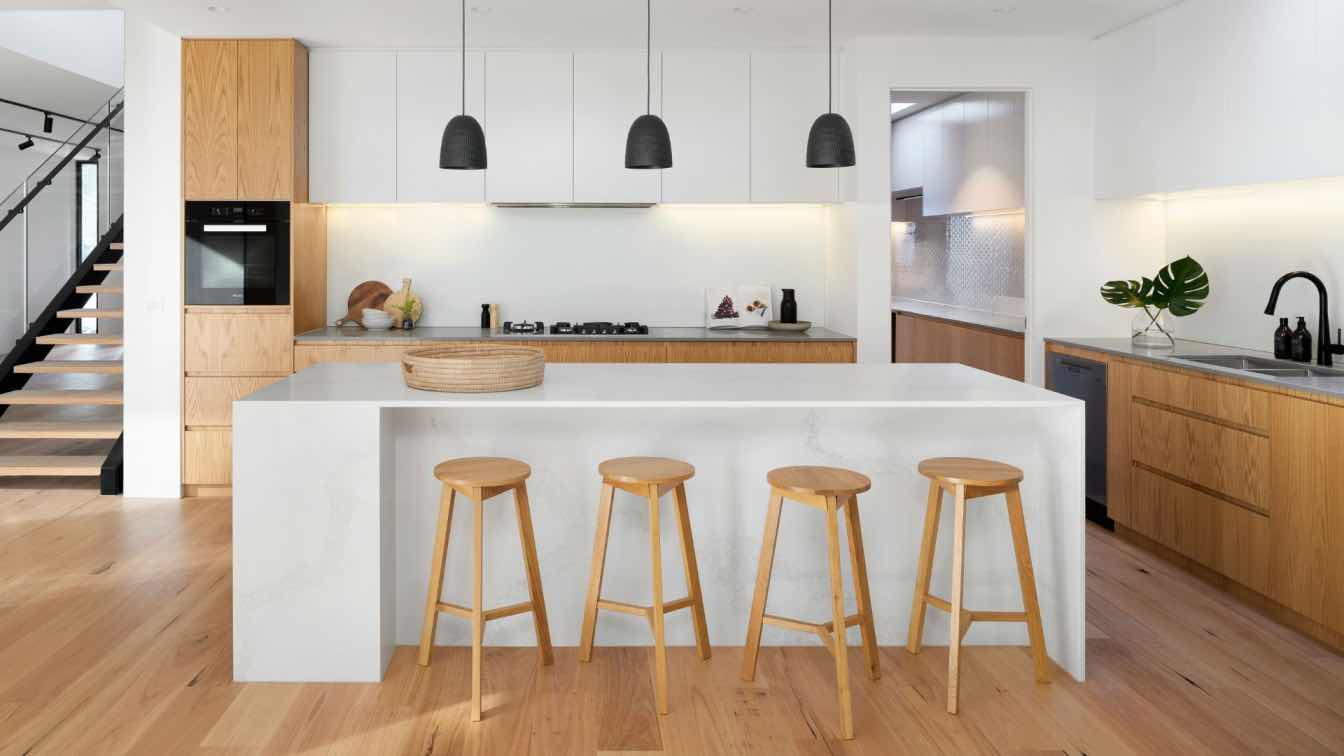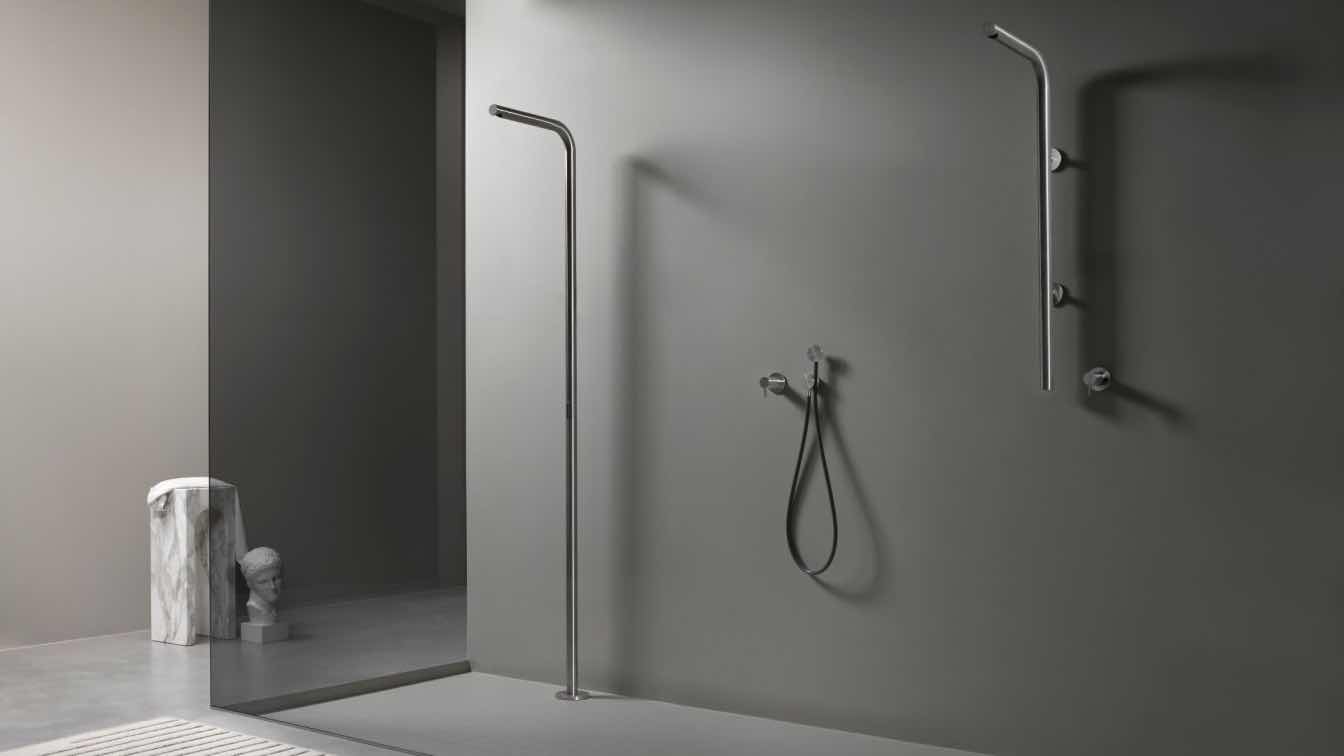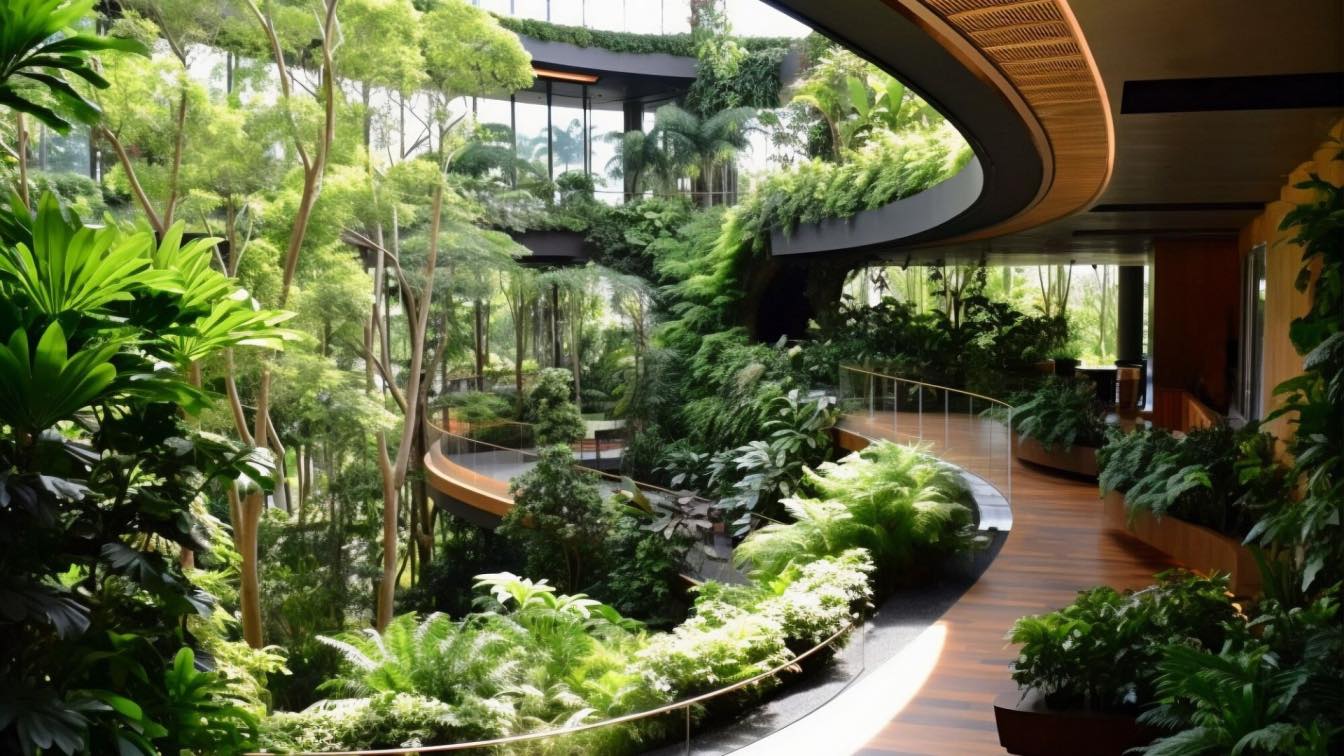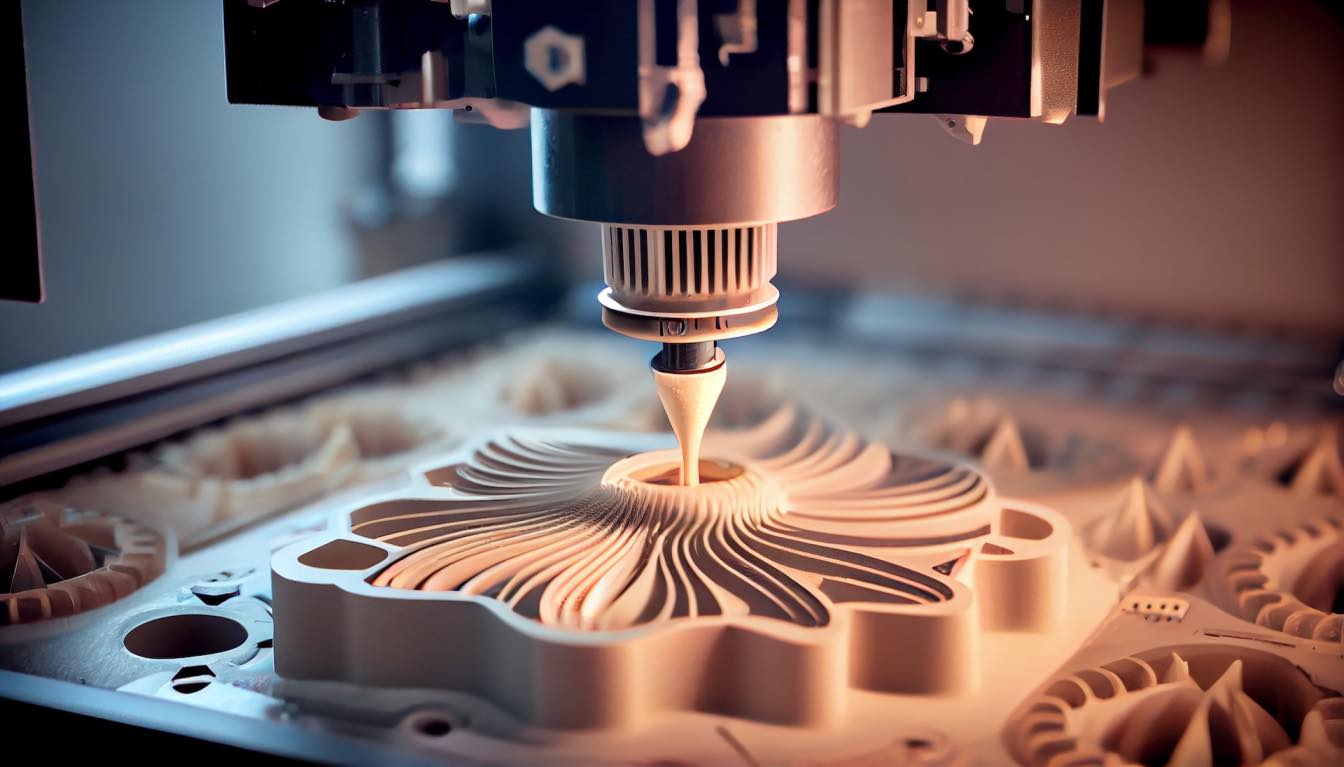A kitchen remodel is one of the most impactful home improvements, blending functionality, aesthetics, and long-term value. However, without proper planning, costs can spiral, and the final result may not align with your lifestyle needs. Whether upgrading a small space, creating a chef’s kitchen, or increasing resale potential, a well-thought-out renovation ensures efficiency, durability, and timeless appeal.
This guide walks through the most critical steps to help you create a kitchen that enhances daily life while standing the test of time.
1. Plan with Purpose
A well-planned remodel begins with defining priorities and setting a realistic budget.
- Identify Your Needs: Do you need more storage, better lighting, or an open layout for entertaining?
- Set a Realistic Budget: Allocate 10–15 percent for unexpected expenses, such as electrical or plumbing updates.
- Think Long-Term: Prioritize durable materials and energy-efficient features to maximize return on investment.
According to a renowned kitchen remodeling contractor in New Jersey, the biggest mistake homeowners make is underestimating hidden costs:
"Many homeowners assume their budget will only cover materials and labor, but unforeseen issues—like rewiring old electrical systems or updating plumbing—often arise. A realistic budget always includes a contingency for the unexpected."
Having a clear vision prevents costly mid-project changes and ensures every dollar is spent effectively.
2. Optimize Layout and Storage
The kitchen layout is the foundation of an efficient space. While the classic "work triangle" (sink, stove, and refrigerator) remains useful, modern kitchens require flexibility to accommodate multiple functions.
Choosing the Right Layout
- Open-Concept Kitchens: Ideal for entertaining, allowing seamless flow between the kitchen and living areas.
- Galley Kitchens: Best for compact spaces, maximizing efficiency with a streamlined design.
- L-Shaped Kitchens: Offers flexibility with additional counter space and a focal-point island.
In a New York City brownstone, the homeowners faced a common challenge—a narrow galley kitchen that felt more like a hallway than a functional space. By removing a non-load-bearing wall, they transformed the layout into an L-shaped design with a peninsula, opening up more prep space and improving traffic flow. Now, the kitchen feels larger, brighter, and more inviting—all without a full gut renovation.
Maximizing Storage
- Pull-Out Shelving: Maximizes lower cabinet space for easy access.
- Floor-to-Ceiling Cabinets: Eliminates wasted space and enhances storage.
- Hidden Storage Solutions: Toe-kick drawers, built-in spice racks, and appliance garages keep countertops clutter-free.
A well-optimized layout ensures smooth movement and organized storage, preventing a remodel from feeling outdated in just a few years.
3. Select Durable, Low-Maintenance Materials
High-traffic areas like the kitchen require materials that withstand daily wear while maintaining their aesthetic appeal.
Best Material Choices
- Countertops: Quartz for low maintenance, granite for durability, and butcher block for warmth.
- Flooring: Porcelain tiles for water resistance, luxury vinyl planks for affordability, and hardwood for a classic look.
- Cabinetry: Solid wood for longevity or laminate for a modern, cost-effective alternative.
Quartz countertops are a popular choice for their durability and stain resistance. Unlike marble, quartz does not require frequent sealing, making it a practical long-term option. Choosing materials that are easy to clean and resistant to heat, stains, and scratches ensures your remodel remains practical for years to come.
4. Enhance Lighting and Ventilation
Lighting is often overlooked, yet it directly impacts functionality and ambiance. A well-lit kitchen reduces accidents, highlights design elements, and enhances usability.
Layered Lighting for Maximum Impact
- Ambient Lighting: Recessed ceiling fixtures or chandeliers for general illumination.
- Task Lighting: Under-cabinet LEDs and pendant lights for focused areas.
- Accent Lighting: Spotlights on open shelving or glass-front cabinets to add depth.
Ventilation Matters
- A high-quality range hood prevents grease buildup and odors.
-Proper air circulation reduces excess moisture, preserving cabinetry and finishes.
Combining strategic lighting with effective ventilation improves both the appearance and functionality of the space.
5. Upgrade to Energy-Efficient Appliances
Energy-efficient appliances reduce utility bills and environmental impact, while modern technology enhances convenience.
Best Appliance Upgrades
- Induction Cooktops: Faster heating with lower energy consumption.
- Energy Star Refrigerators & Dishwashers: Reduced electricity and water usage.
- Smart Ovens & Refrigerators: Remote monitoring and automatic efficiency settings.
Opting for energy-efficient appliances ensures long-term savings while aligning with modern sustainability trends.
6. Expect the Unexpected: Budget for Surprises
Even with a well-planned remodel, unforeseen issues such as outdated wiring, hidden leaks, or structural concerns can arise.
How to Prepare for Unexpected Costs
- Allocate 10–15 percent of your budget for surprises.
- Get a thorough inspection before demolition to identify potential problems early.
- Work with experienced contractors who can anticipate and address challenges efficiently.
Planning for contingencies prevents budget overruns and keeps the project timeline realistic.
7. Final Touches: Personalizing Your Kitchen
The final stage of a remodel adds character and functionality to your space.
Finishing Details That Make an Impact
- Hardware & Fixtures: Matte black, brushed brass, or mixed metals for a stylish update.
- Statement Backsplash: Geometric tiles, herringbone patterns, or bold colors.
- Functional Decor: Open shelving for curated displays, built-in coffee stations, or herb gardens.
A neutral-toned kitchen can be elevated with a bold backsplash or distinctive cabinet hardware, adding personality without overpowering the space.
Conclusion
A well-executed kitchen remodel is more than a design upgrade—it’s an investment in daily functionality, long-term value, and personal comfort. By prioritizing layout efficiency, durable materials, optimized lighting, and energy-efficient appliances, you create a space that is both practical and visually stunning.
Plan ahead, budget wisely, and balance timeless design with modern innovations to ensure your kitchen remains the heart of your home for years to come.





